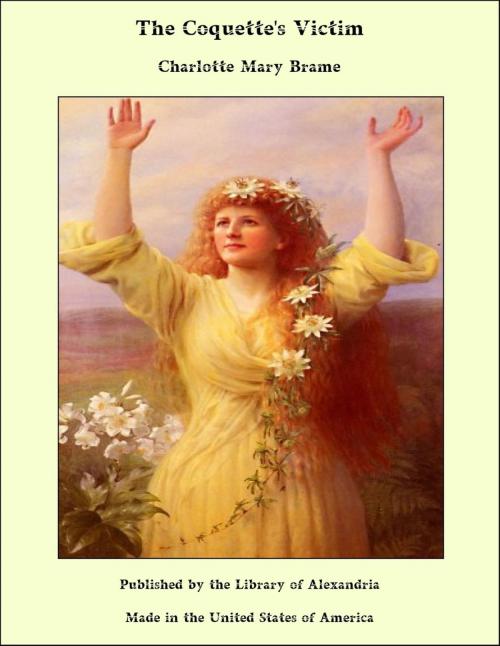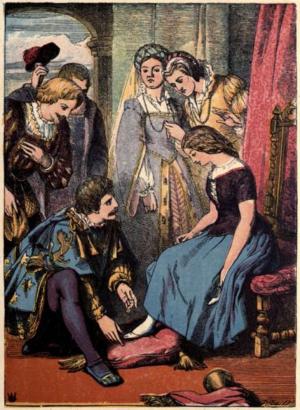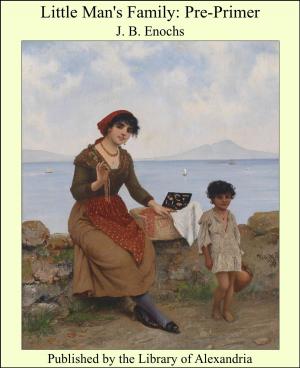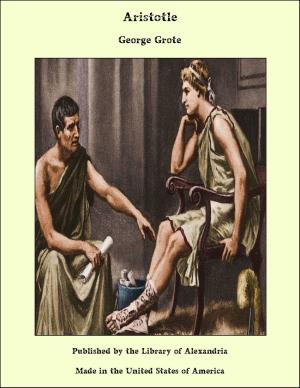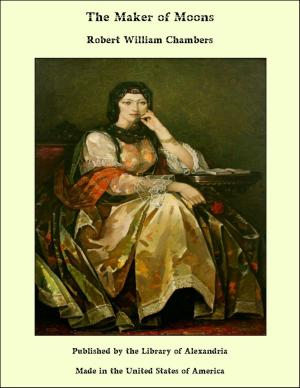| Author: | Charlotte Mary Brame | ISBN: | 9781465604743 |
| Publisher: | Library of Alexandria | Publication: | March 8, 2015 |
| Imprint: | Language: | English |
| Author: | Charlotte Mary Brame |
| ISBN: | 9781465604743 |
| Publisher: | Library of Alexandria |
| Publication: | March 8, 2015 |
| Imprint: | |
| Language: | English |
Mr. Kent was a very able magistrate. He had sat on the bench for many years and was considered a man of great legal attainments and skill. He very seldom erred in his judgment, and being gifted with a natural shrewdness, he saw the difference at once between a guilty and an innocent man. He rarely erred; long practice had made him an adept in reading faces. But on this morning, the fourteenth of May, he was puzzled. Many cases had been brought before him. Drunken men dismissed with a fine and a reprimand, thieves sentenced to weeks or months of imprisonment, wives with pale faces and bruised arms had given reluctant evidence against husbands who had promised to love and cherish them until death. It was a bright May morning, and the sun did his best to pour through the dusky windows of the police court; a faint beam fell on the stolid faces of the policemen and ushers of the court, the witnesses and the lookers-on; a faint beam that yet, perhaps, brought many messages of bright promise to those present. A little boy had been sent on an errand with sixpence and had stolen the money; with many sobs and tears he confessed that he had spent it in cakes. Mr. Kent looked at the tear-stained face; the untidy brown head scarcely reached to the table, and the good magistrate thought, with something like pain at his heart, of a fair-haired boy at home. So he spoke kindly to the poor, trembling prisoner, and while he strongly reprimanded, still encouraged him to better ways. The boy was removed, and then Mr. Kent was puzzled by the prisoner who took his place. A tall, handsome young man, apparently not more than twenty, with a clear-cut aristocratic face, and luminous dark gray eyes. A face that no one could look into without admiration—that irresistibly attracted man, woman and child. He was a gentleman—there could be no mistake about it. That clear-cut Norman face had descended to him from a long line of ancestors; the well-built, manly figure, with its peculiar easy grace and dignity told of ancient lineage and noble birth.
Mr. Kent was a very able magistrate. He had sat on the bench for many years and was considered a man of great legal attainments and skill. He very seldom erred in his judgment, and being gifted with a natural shrewdness, he saw the difference at once between a guilty and an innocent man. He rarely erred; long practice had made him an adept in reading faces. But on this morning, the fourteenth of May, he was puzzled. Many cases had been brought before him. Drunken men dismissed with a fine and a reprimand, thieves sentenced to weeks or months of imprisonment, wives with pale faces and bruised arms had given reluctant evidence against husbands who had promised to love and cherish them until death. It was a bright May morning, and the sun did his best to pour through the dusky windows of the police court; a faint beam fell on the stolid faces of the policemen and ushers of the court, the witnesses and the lookers-on; a faint beam that yet, perhaps, brought many messages of bright promise to those present. A little boy had been sent on an errand with sixpence and had stolen the money; with many sobs and tears he confessed that he had spent it in cakes. Mr. Kent looked at the tear-stained face; the untidy brown head scarcely reached to the table, and the good magistrate thought, with something like pain at his heart, of a fair-haired boy at home. So he spoke kindly to the poor, trembling prisoner, and while he strongly reprimanded, still encouraged him to better ways. The boy was removed, and then Mr. Kent was puzzled by the prisoner who took his place. A tall, handsome young man, apparently not more than twenty, with a clear-cut aristocratic face, and luminous dark gray eyes. A face that no one could look into without admiration—that irresistibly attracted man, woman and child. He was a gentleman—there could be no mistake about it. That clear-cut Norman face had descended to him from a long line of ancestors; the well-built, manly figure, with its peculiar easy grace and dignity told of ancient lineage and noble birth.
